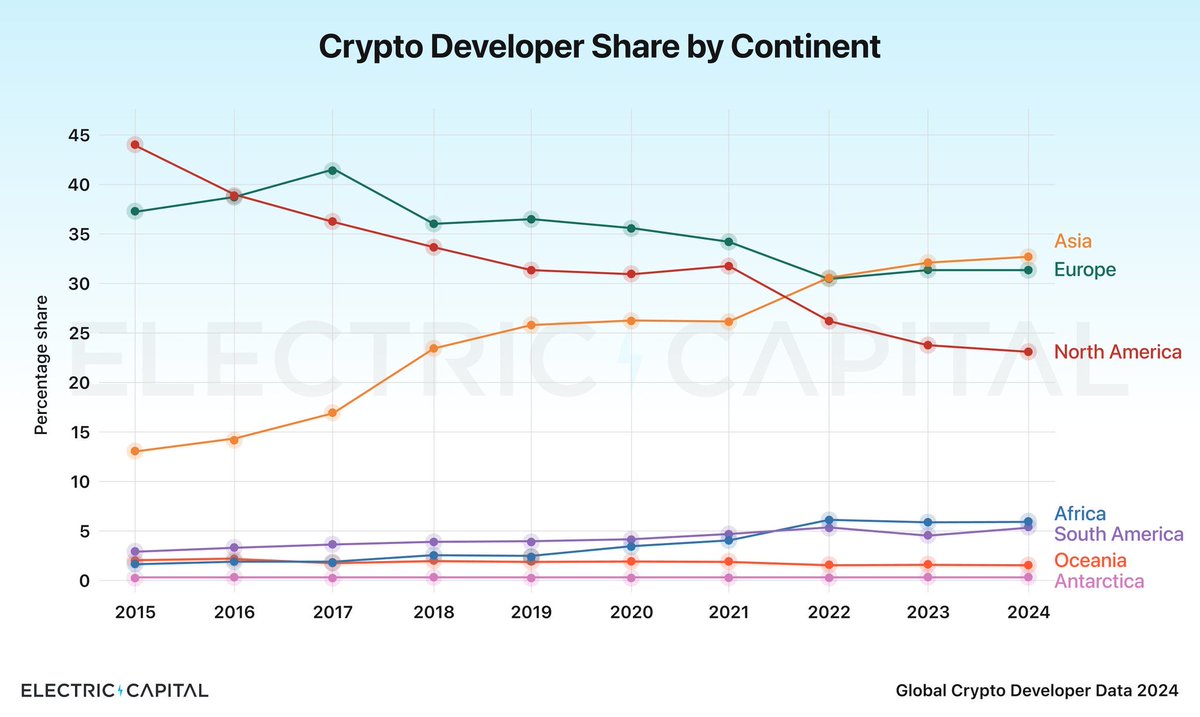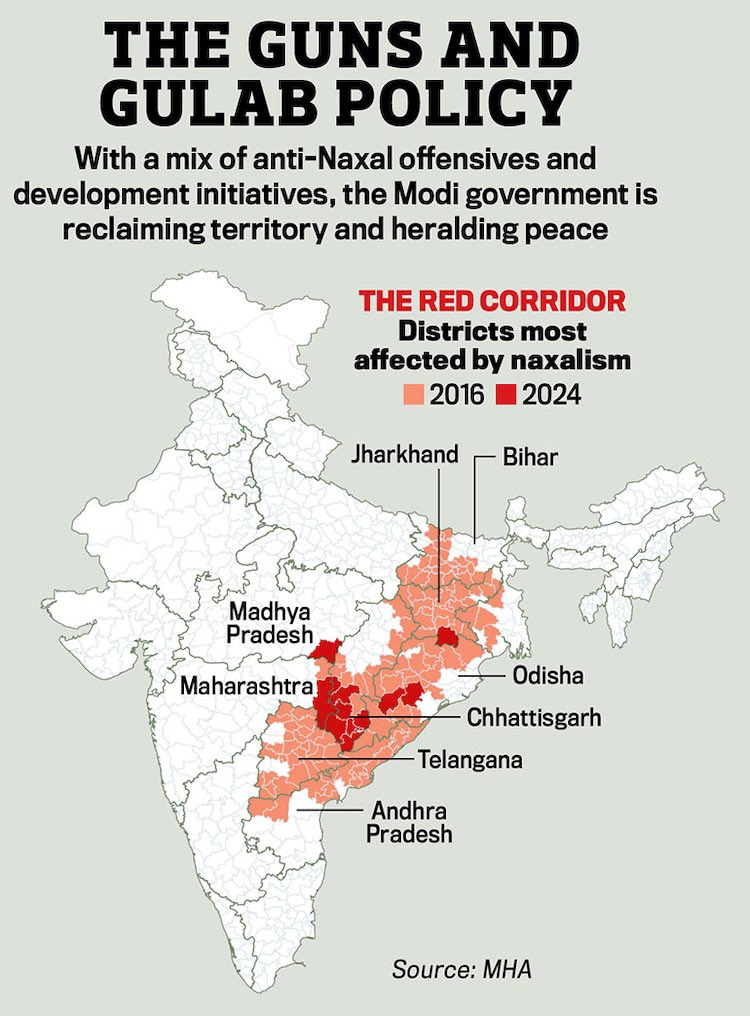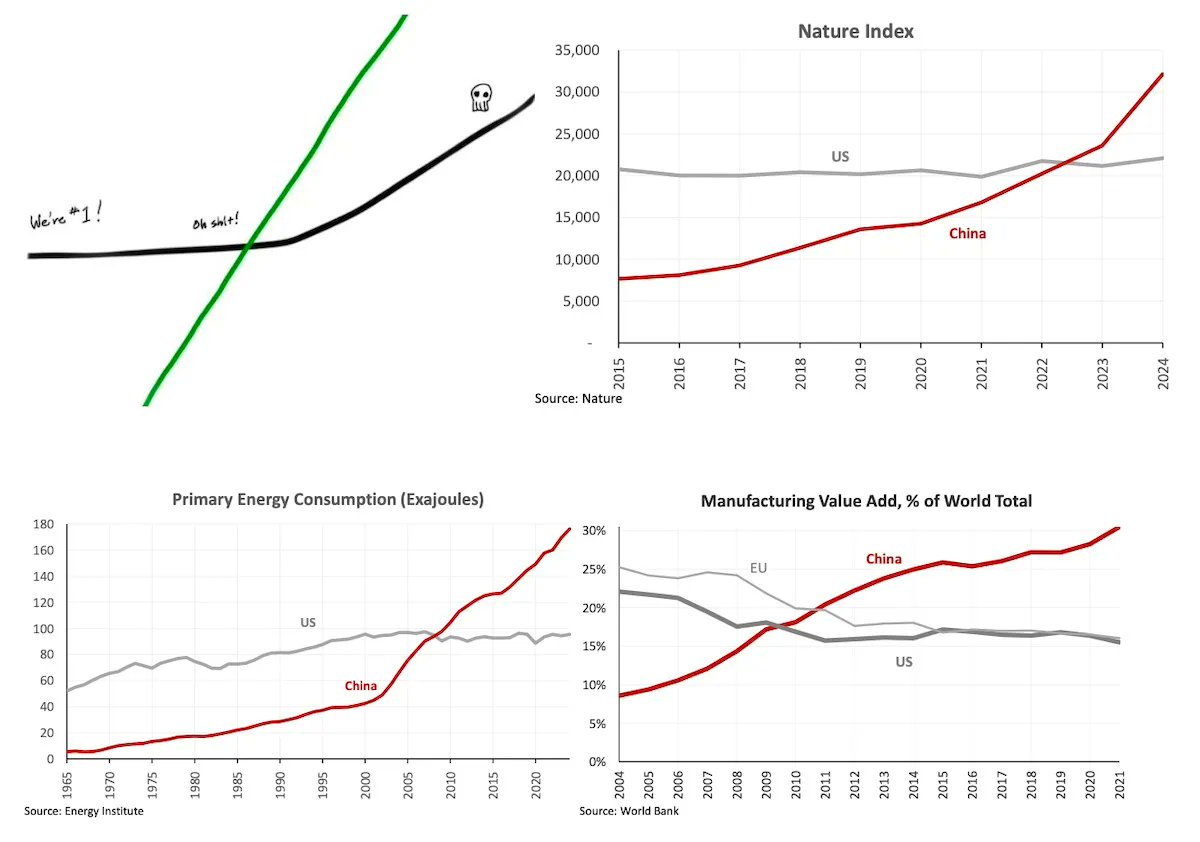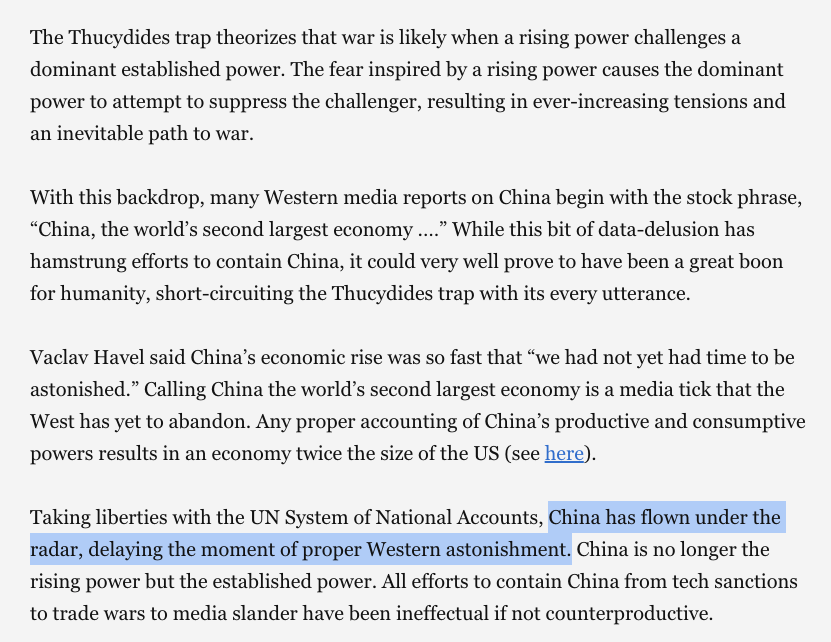India should support crypto as a pillar of its foreign & domestic policy.
It defends national security by preventing deplatforming, deters fraud via on-chain accounting, and offers a decentralized alternative to a new Cold War. @nsitharaman @narendramodi balajis.com/why-india-shou…
It defends national security by preventing deplatforming, deters fraud via on-chain accounting, and offers a decentralized alternative to a new Cold War. @nsitharaman @narendramodi balajis.com/why-india-shou…
As background:
- Crypto is now a $1T industry
- Bitcoin and Ethereum have enabled >$1T in annual transaction volume
- Decentralized finance has ~$30B in assets
- Coinmarketcap.com is more popular than the Wall Street Journal!
It is now a global phenomenon.



- Crypto is now a $1T industry
- Bitcoin and Ethereum have enabled >$1T in annual transaction volume
- Decentralized finance has ~$30B in assets
- Coinmarketcap.com is more popular than the Wall Street Journal!
It is now a global phenomenon.
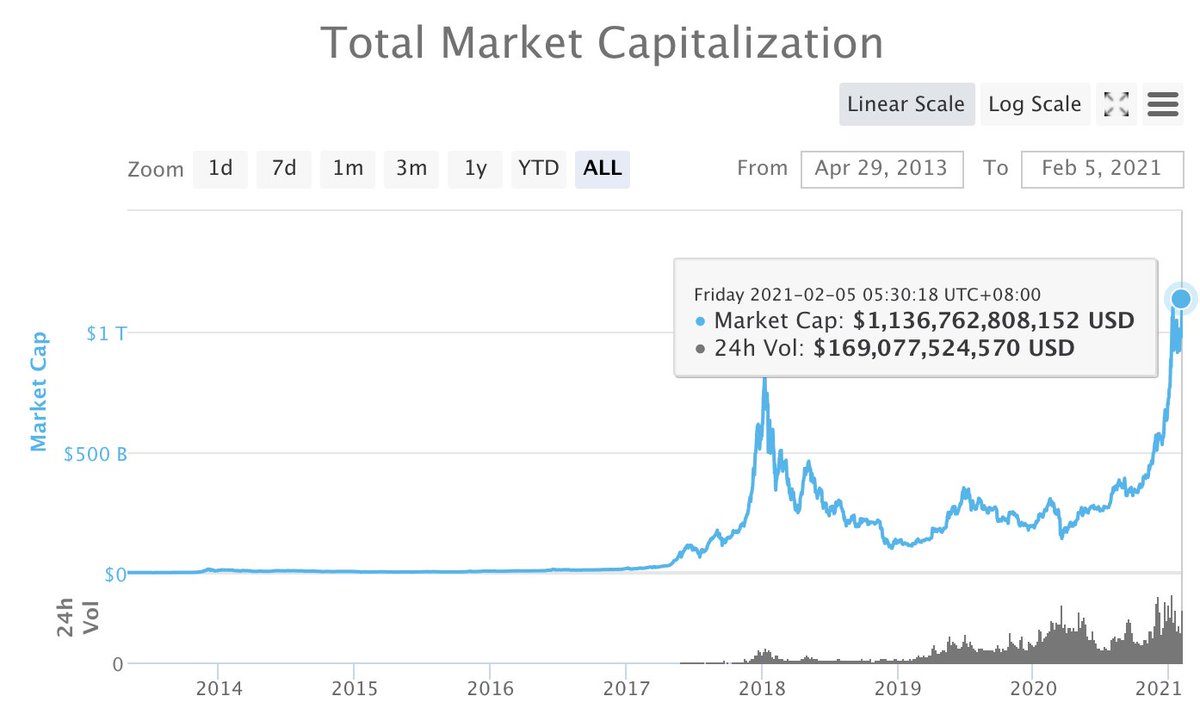
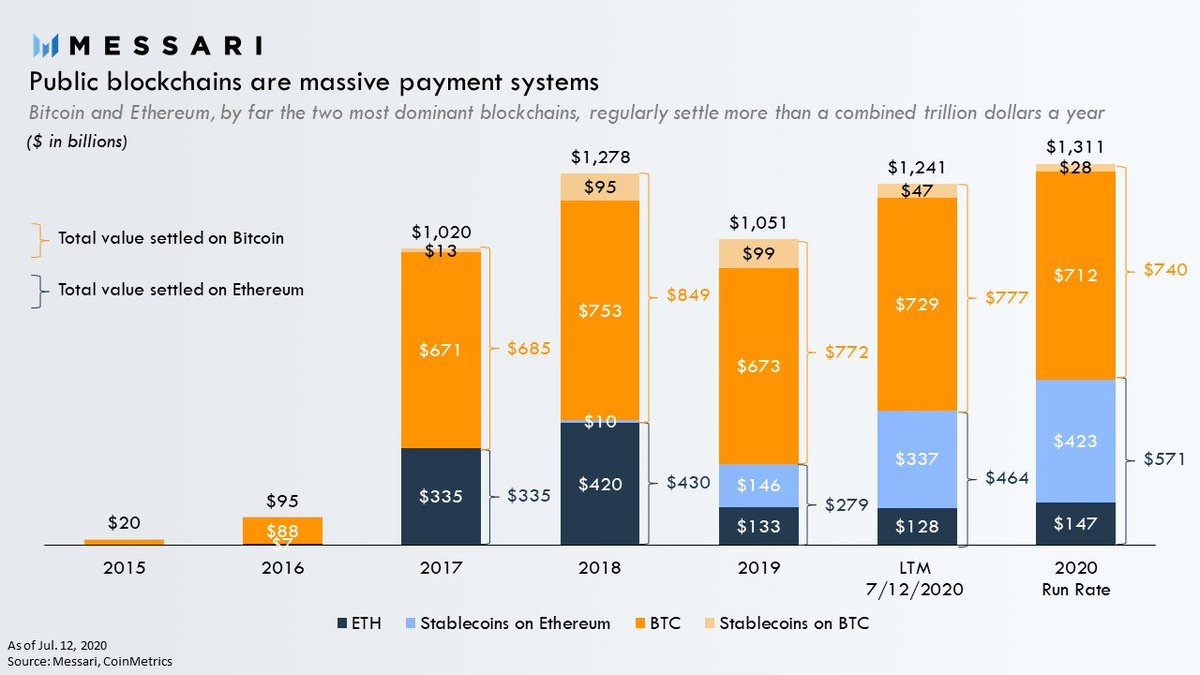

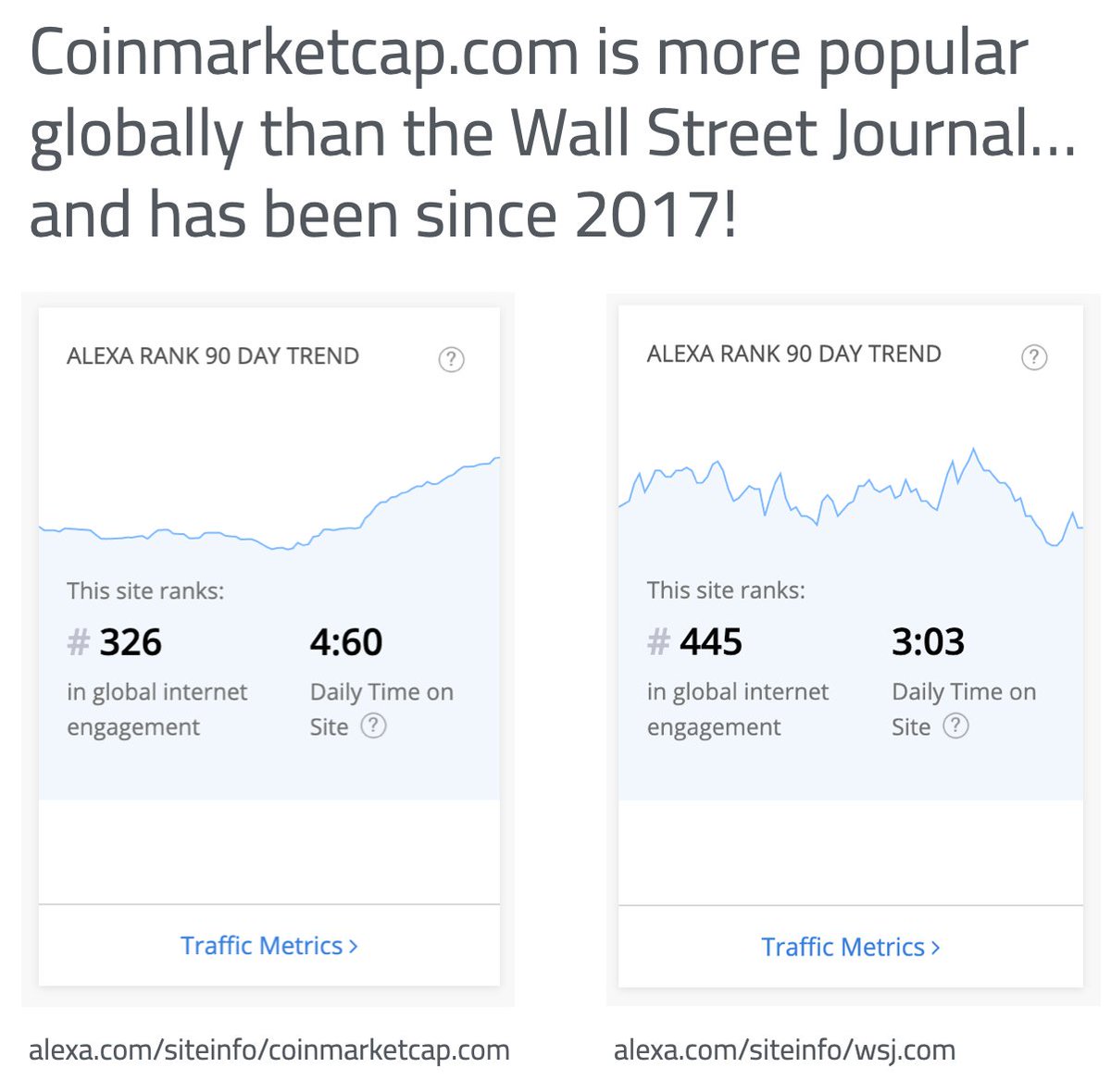
NATIONAL SECURITY
Crypto defends India's national security by foiling deplatforming.
Bitcoin prevents financial deplatforming. Digital gold is a rail of last resort for crises like 2008.
And Ethereum prevents social deplatforming. Create social networks the US can't shut down.

Crypto defends India's national security by foiling deplatforming.
Bitcoin prevents financial deplatforming. Digital gold is a rail of last resort for crises like 2008.
And Ethereum prevents social deplatforming. Create social networks the US can't shut down.
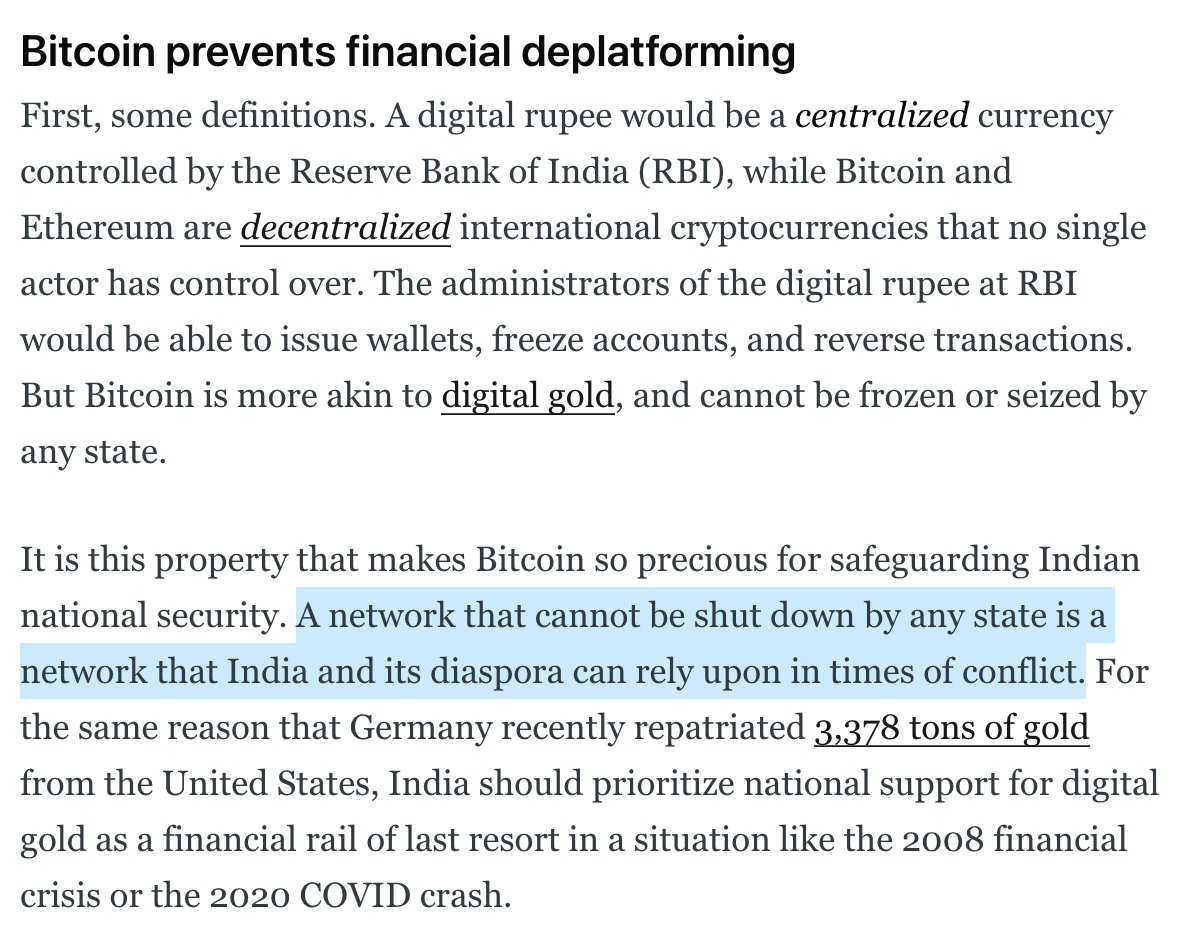
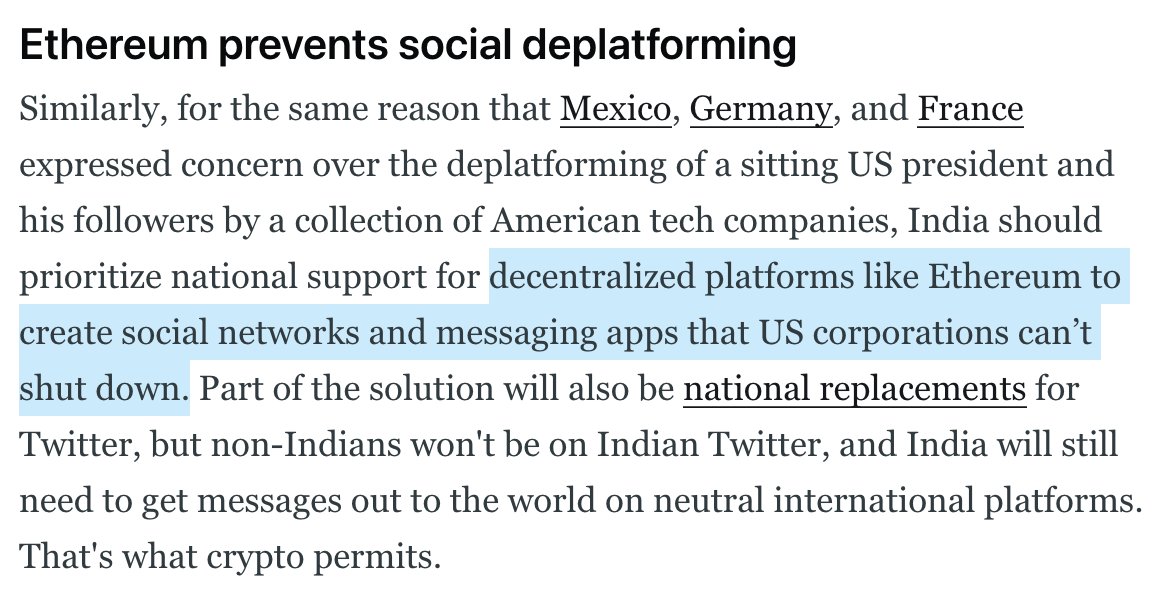
FOREIGN INVESTMENT
A favorable crypto policy would attract billions in investment to India, causing capital landing rather than capital flight.
Bitcoin is very popular among CEOs and investors. And at $200k per BTC, an estimated 50% of global billionaires will come from crypto.
A favorable crypto policy would attract billions in investment to India, causing capital landing rather than capital flight.
Bitcoin is very popular among CEOs and investors. And at $200k per BTC, an estimated 50% of global billionaires will come from crypto.
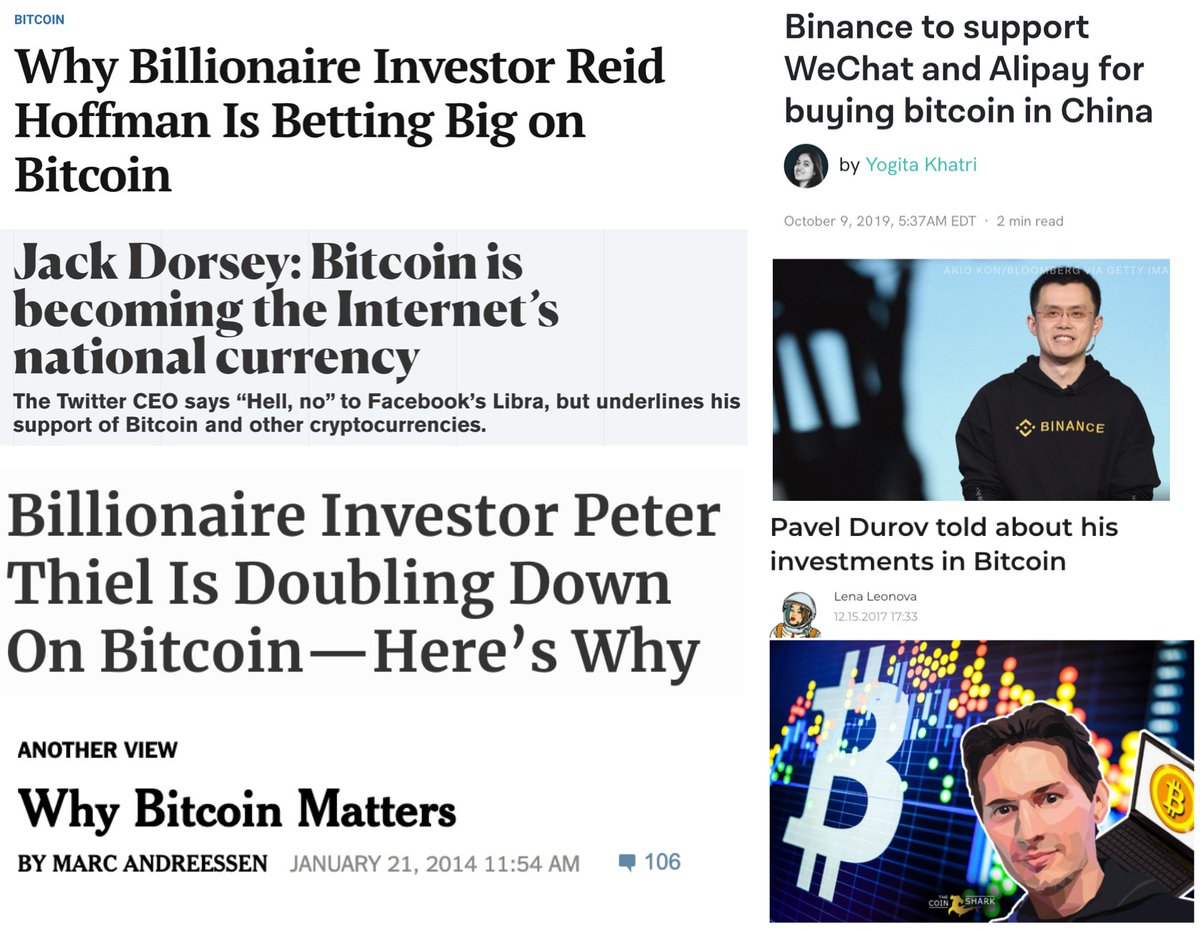
REMITTANCES & REMOTE
- 400M Indians are newly online
- COVID has created a remote economy
- India earns $150B+ from BPO
- And receives $80B+ from remittances
So: India is poised for an absolutely massive boom in remote work & remittances, with crypto serving as the catalyst.



- 400M Indians are newly online
- COVID has created a remote economy
- India earns $150B+ from BPO
- And receives $80B+ from remittances
So: India is poised for an absolutely massive boom in remote work & remittances, with crypto serving as the catalyst.
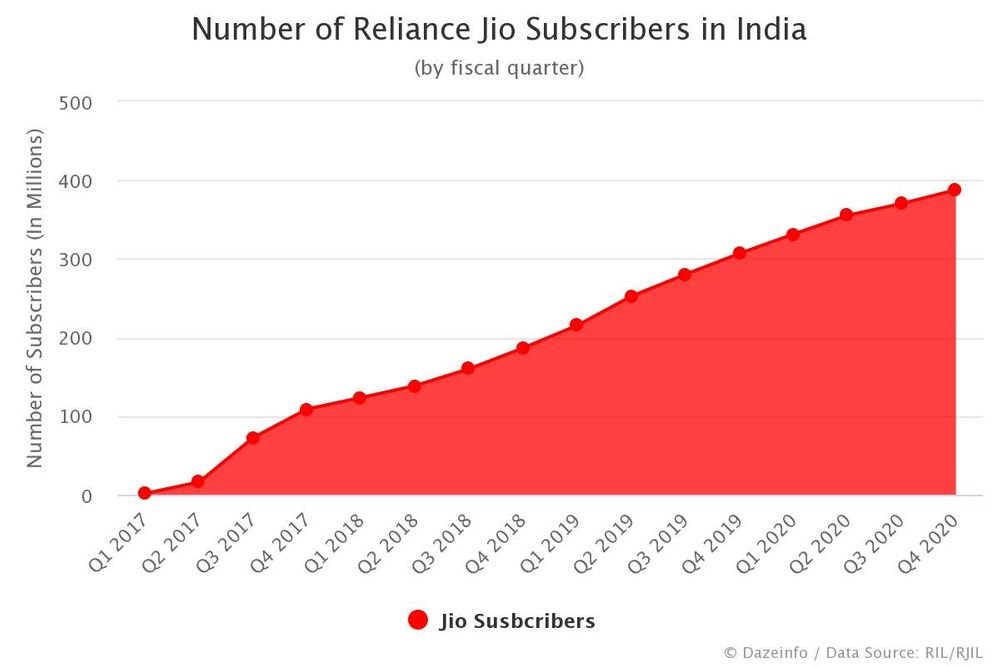
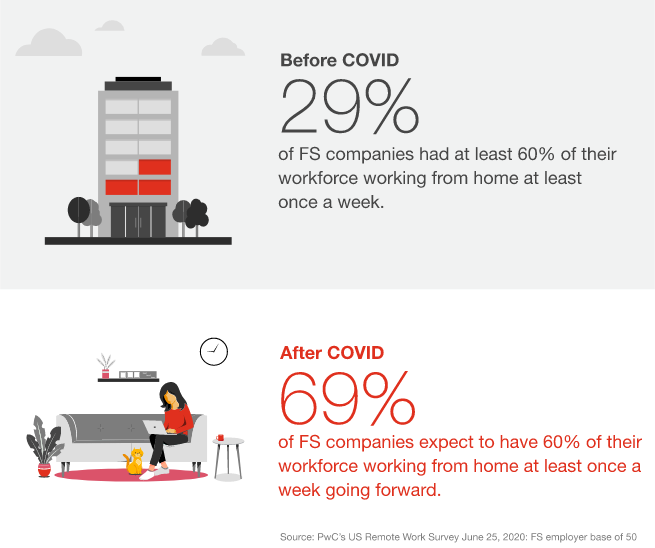


MONETARY POLICY
Why does India hold 600 tons of gold? Because in a crisis the rupee may need to be gold-backed. By analogy, a digital rupee may need to be *digital-gold backed*.
Gold is not a threat to India, gold has historically been an *asset* for India. Digital gold is too.



Why does India hold 600 tons of gold? Because in a crisis the rupee may need to be gold-backed. By analogy, a digital rupee may need to be *digital-gold backed*.
Gold is not a threat to India, gold has historically been an *asset* for India. Digital gold is too.


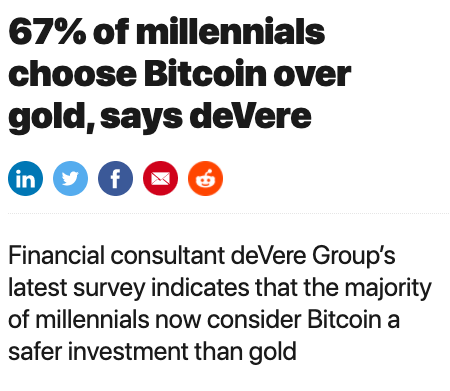

TRUSTWORTHY ACCOUNTING
Here's a little known fact: major accounting firms now use blockchains as a gold standard in audits, because they can't be falsified.
India could use on-chain accounting to build a financial system that leapfrogs the world. The next step for IndiaStack?



Here's a little known fact: major accounting firms now use blockchains as a gold standard in audits, because they can't be falsified.
India could use on-chain accounting to build a financial system that leapfrogs the world. The next step for IndiaStack?
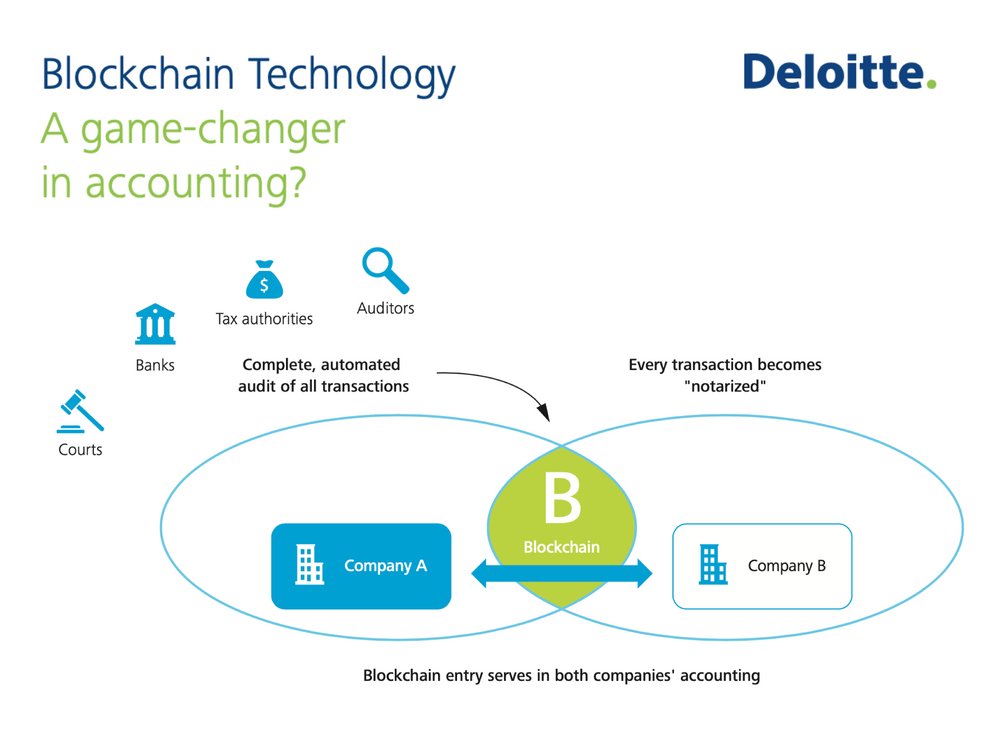
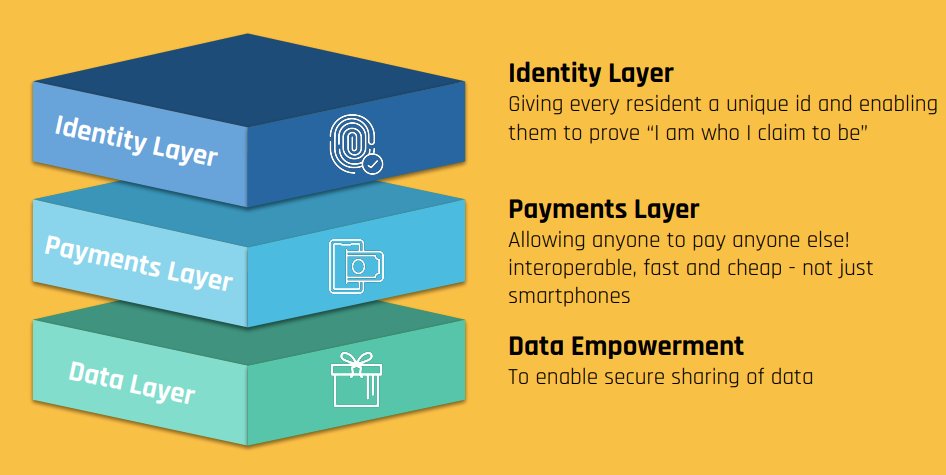


A FINANCIAL INTERNET
Just like the internet digitized movies, music, and all types of media, blockchains enable a *financial internet* that is digitizing currencies, stocks, bonds, and all types of assets.
It's imperative that India have access to the financial internet!
Just like the internet digitized movies, music, and all types of media, blockchains enable a *financial internet* that is digitizing currencies, stocks, bonds, and all types of assets.
It's imperative that India have access to the financial internet!
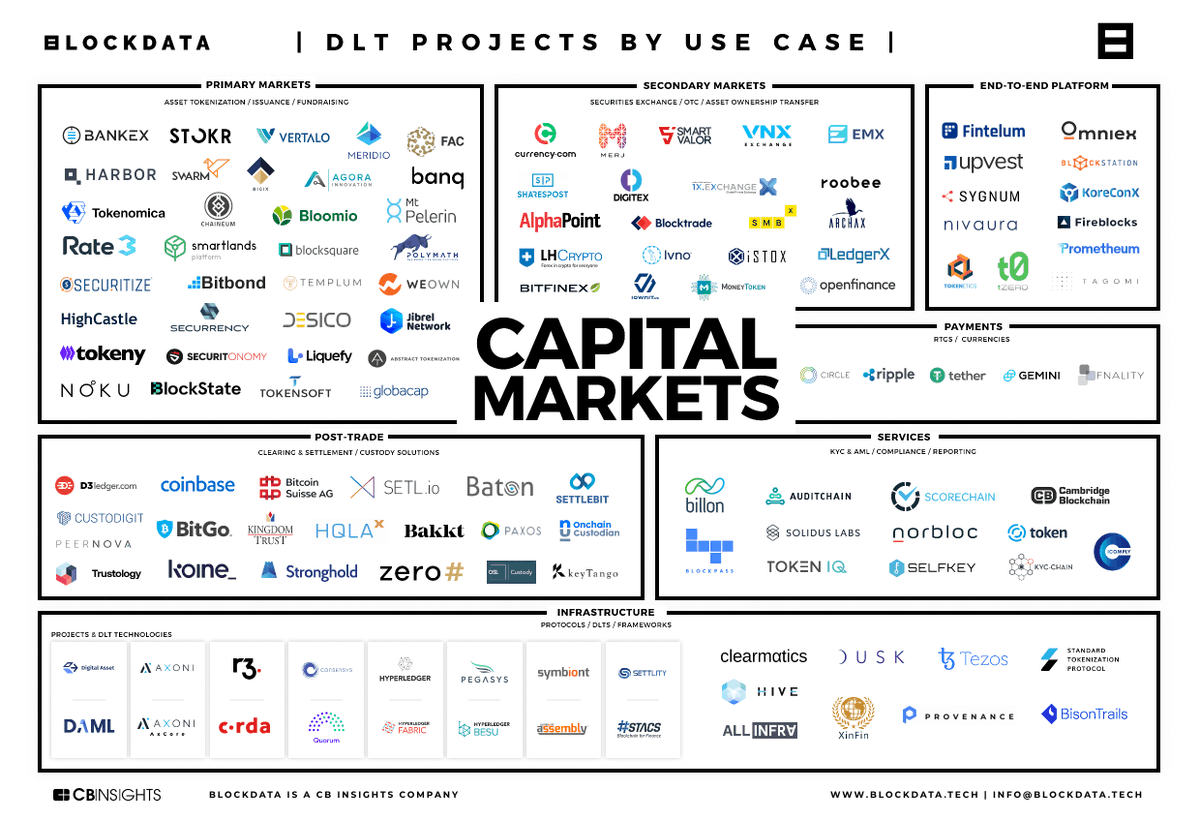
CRYPTO APIS > CORPORATE APIS
India already encourages the use of open source over proprietary code when available.
It should prefer crypto APIs over corporate APIs for the same reason, because blockchains aren't just open source: they're also open state & open execution.

India already encourages the use of open source over proprietary code when available.
It should prefer crypto APIs over corporate APIs for the same reason, because blockchains aren't just open source: they're also open state & open execution.
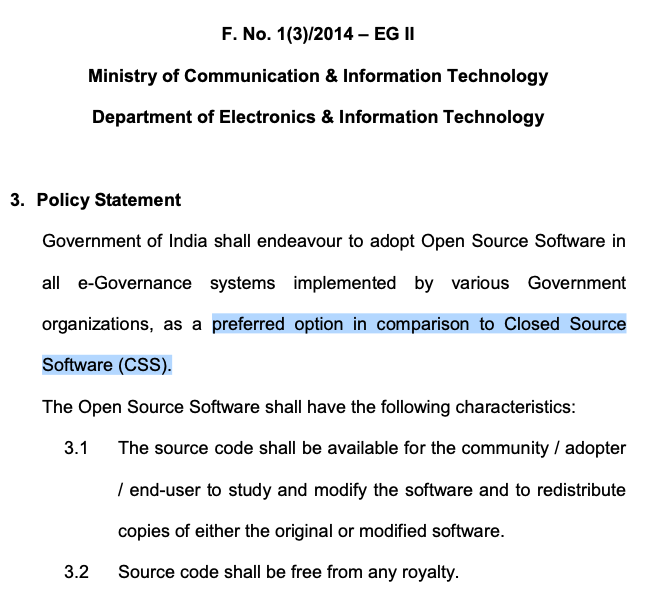

FOREIGN POLICY
A renewed non-aligned movement will play a balancing role in the US/China Cold War.
India should reposition it as a *decentralized movement* that advocates crypto protocols as a successor to the rules-based order, starting with finance.
balajis.com/why-india-shou…



A renewed non-aligned movement will play a balancing role in the US/China Cold War.
India should reposition it as a *decentralized movement* that advocates crypto protocols as a successor to the rules-based order, starting with finance.
balajis.com/why-india-shou…
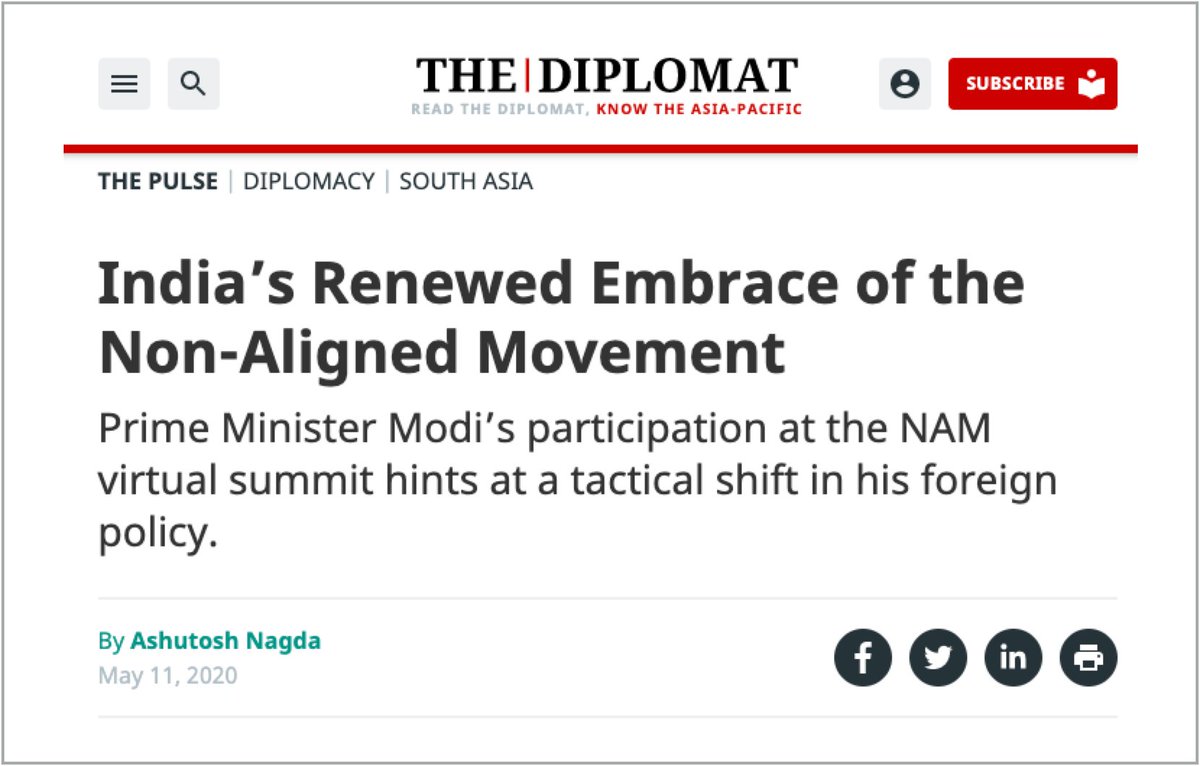

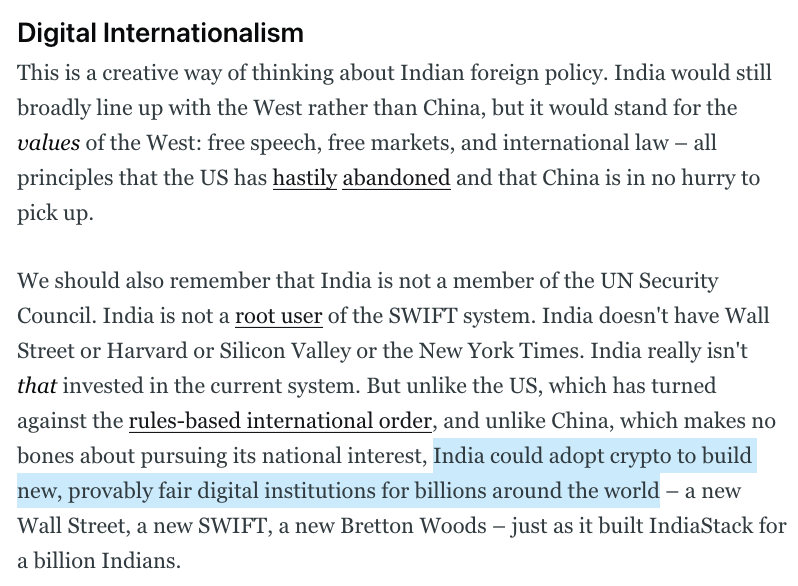
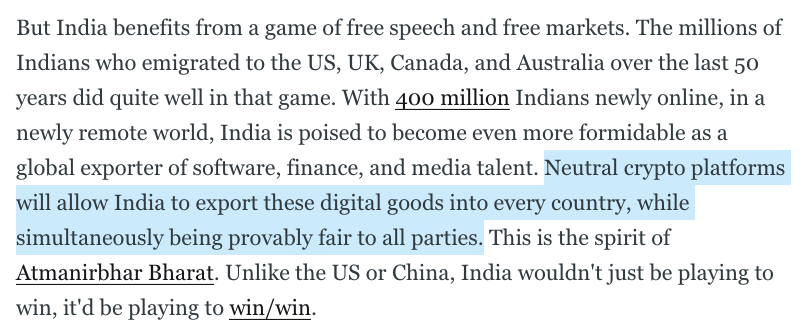
BECOME A GLOBAL LEADER
As the world's 3rd largest economy in PPP terms, India could lead a decentralized movement to develop provably fair crypto platforms, neutral systems outside both American and Chinese control that all countries can embrace.
It's time for a bold move.
As the world's 3rd largest economy in PPP terms, India could lead a decentralized movement to develop provably fair crypto platforms, neutral systems outside both American and Chinese control that all countries can embrace.
It's time for a bold move.
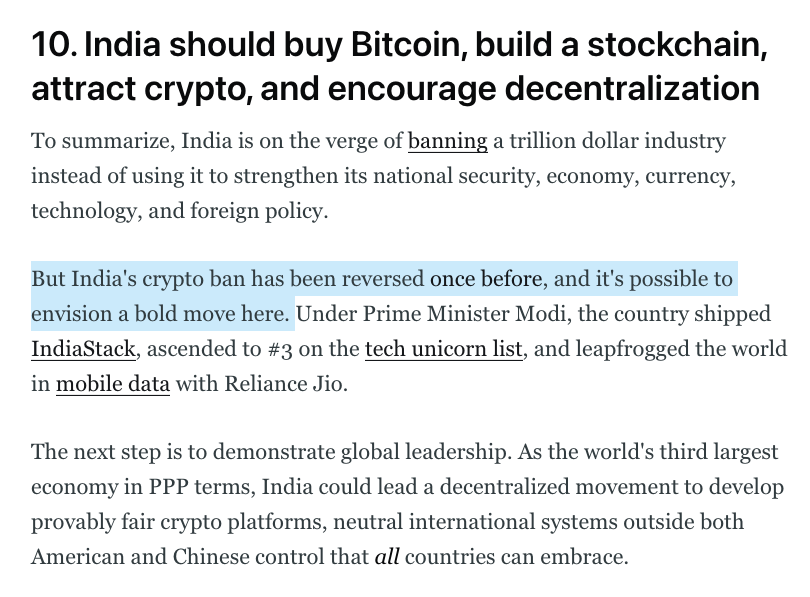
RECOMMENDATIONS
1) Ship digital rupee backed by digital gold
2) Add on-chain accounting + "stockchain" to IndiaStack
3) Attract crypto capital with smart laws
4) Build decentralized protocols for the world
India can use crypto to become a global leader.
balajis.com/why-india-shou…
1) Ship digital rupee backed by digital gold
2) Add on-chain accounting + "stockchain" to IndiaStack
3) Attract crypto capital with smart laws
4) Build decentralized protocols for the world
India can use crypto to become a global leader.
balajis.com/why-india-shou…
SAVE TRILLIONS
Crypto is a $1T industry on track to become a $10T industry.
India’s entire GDP is $3T.
A crypto ban would cost India trillions in growth. Economic growth is also a national security issue; whatever the ban hopes to achieve may be done more cheaply another way.
Crypto is a $1T industry on track to become a $10T industry.
India’s entire GDP is $3T.
A crypto ban would cost India trillions in growth. Economic growth is also a national security issue; whatever the ban hopes to achieve may be done more cheaply another way.

• • •
Missing some Tweet in this thread? You can try to
force a refresh






